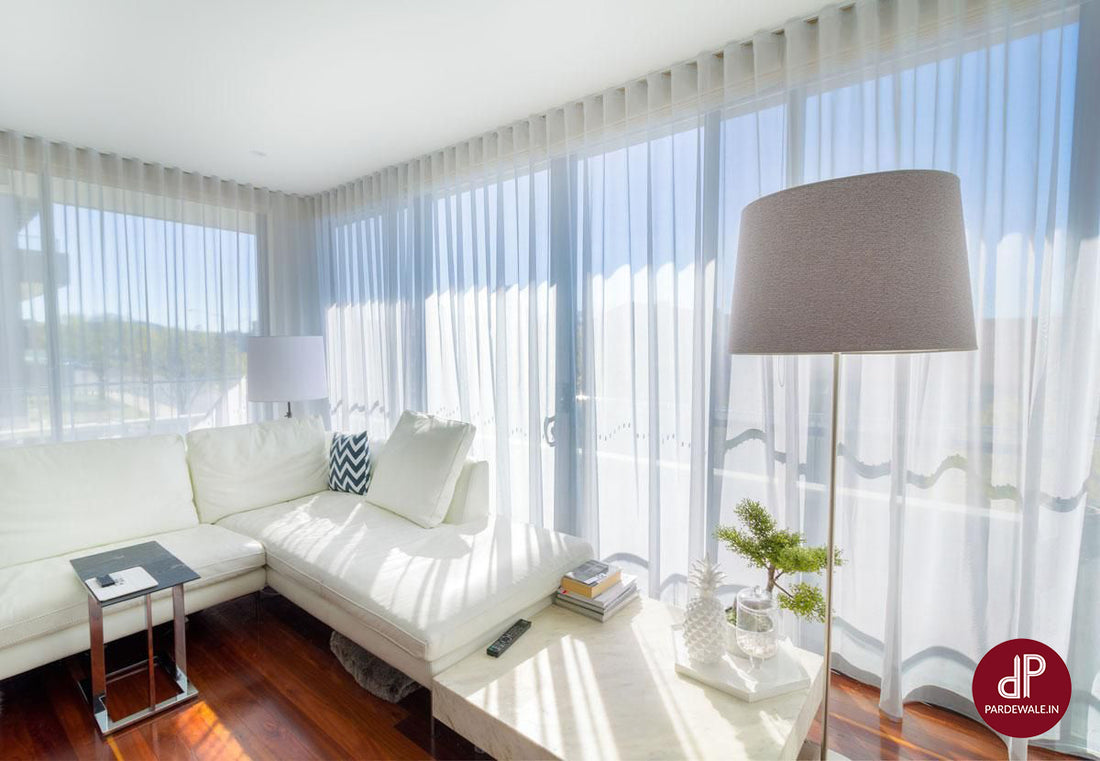Curtains can do much more than just add aesthetic appeal to your home - they can also help with energy efficiency. By selecting the right curtains, you can help to keep your home cool in summer and warm in winter, saving money on your energy bills and reducing your carbon footprint. In this blog post, we'll share tips on how to select curtains that can help to keep your home comfortable all year round.
Material Matters
The material of your curtains is an important factor when it comes to energy efficiency. Heavier fabrics like velvet, wool, and tweed can help to keep your home warm in the winter by trapping heat inside. Conversely, lightweight materials like cotton and linen can help to keep your home cool in the summer by allowing air to circulate.
Color and Light
The color of your curtains can also affect their energy efficiency. Darker colors like navy and burgundy can absorb heat, making them ideal for colder climates. In contrast, lighter colors like white and pastels can reflect heat, making them ideal for hotter climates. Additionally, buy curtains that block out sunlight can help to keep your home cooler by preventing direct sunlight from heating up your space.
Lining Up
Lining your curtains can help to improve their energy efficiency. Adding a thermal lining can help to keep your home warm in the winter by preventing heat loss through your windows. Additionally, a thermal lining can help to keep your home cool in the summer by blocking out sunlight and preventing heat gain.
Layering
Layering your curtains can also help to improve their energy efficiency. Layering a sheer curtain with a heavier curtain can create a thermal barrier that helps to keep your home warm in the winter and cool in the summer. Additionally, layering your curtains can provide added privacy and aesthetic appeal.
In conclusion, selecting the right curtains can help to keep your home comfortable and energy-efficient all year round. Consider the material, color, lining, and layering of your curtains when selecting them for your home. By taking these factors into account, you can create an energy-efficient environment that saves you money on your energy bills and reduces your carbon footprint.

